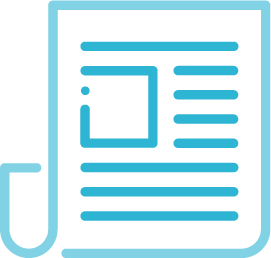Posted by Zosi Team
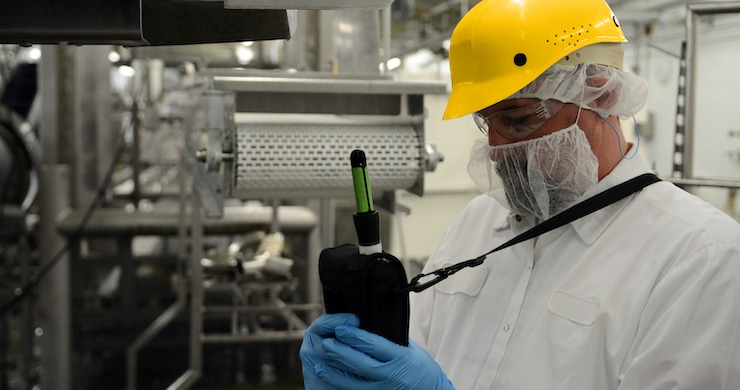
Food processors regulated by FDA must comply with The Food Safety Modernization Act’s Preventive Controls for Human foods regulation.
This means performing a complete and thorough Hazard Analysis of the facility, ingredients, process, and products; defining necessary preventive controls for all identified hazards; drafting recall plans, and verifying as well as validating the implementation of those controls and plans. Ready-to-eat (RTE) food processors who regard food contamination by listeria as a potential hazard will also need to implement an environmental monitoring program (EMP), otherwise known as pathogen environmental monitoring (PEM), as part of their sanitation controls. While this may seem like a lot to chew, with the appropriate background, training, and follow-through, your team can effectively prevent or navigate a foodborne illness outbreak from Listeria monocytogenes.
What is Listeria?
The genus Listeria includes biological pathogen species L. monocytogenes, L. innocua, and L. cornellensis. Each of these species flourishes in similar environments: cold, wet environments filled with nutrients. As you can imagine, this spells trouble for RTE processing areas, where we keep the environment cold to ensure product safety and, when processing begins, create wet and nutrient-filled areas. Hygiene and sanitation programs are the heart of Listeria contamination prevention. As such, environmental monitoring helps us safeguard against listeria contamination on the processing floor.

What is Environmental Monitoring?
Environmental monitoring (EM) is a process used in facilities that produce ready-to-eat (RTE) foods to assess the effectiveness of a plant’s cleaning practices and frequencies. Environmental monitoring is a part of many different regulatory requirements. To put it simply, effective environmental monitoring programs are the best way to ensure you are keeping products, and thus consumers safe. EMPs take into account your Sanitation Program, Sanitary Design, Personnel Practices, Plant Zoning and Testing Protocols.
Typically, environmental monitoring programs consist of four primary steps for successful implementation. These are:
When it comes to listeria prevention, there are no greater defenses than a solid sanitation program and EMP. For a complete walkthrough of Environmental Monitoring Program best practices, consider Zosi’s online EMP training course. As Step 4 is implemented, it can be expected that positive environmental findings will occur. In these cases, corrective actions including intensified cleaning and expanded sampling should be implemented until the contamination is eradicated.
Navigating A Listeria Outbreak
Should you be faced with a foodborne illness outbreak from listeria, you must have a well-documented crisis management plan and thorough crisis management training. A crisis plan for food safety incidents helps your organization’s key players know what actions to take once an incident occurs, from laying out proper sanitation protocols to interacting with regulatory bodies. These actions are taken in conjunction with implementing the Corrective Action Procedures identified in the EMP. While this plan goes beyond Hazard Analysis Critical Control Points (HACCP) and risk mitigation strategies, they are both integral parts of your food safety system.
Conclusion
Listeria prevention begins and ends with good sanitation and environmental monitoring in your facility. Should listeria contamination occur, causing a foodborne illness outbreak and thus a recall, your operation must be prepared to respond with a crisis management plan in place.


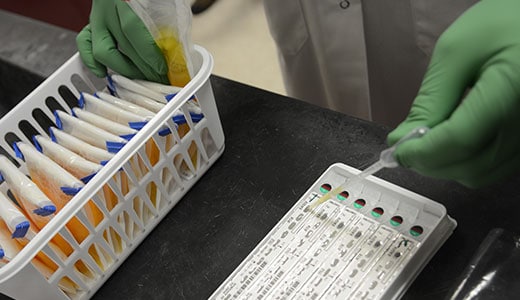 Environmental Monitoring Program
Environmental Monitoring Program
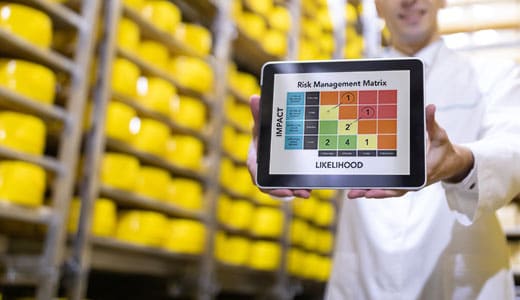 Risk Assessment Course
Risk Assessment Course
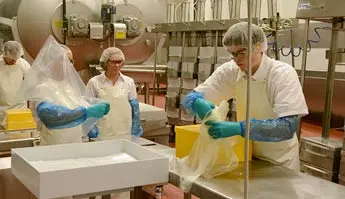 Basic HACCP Certification Course
Basic HACCP Certification Course
